Ridge Vents
Ridge vents are the most popular type of roof vent. They are installed along the roof's peak and allow hot air to escape from the attic. Ridge vents work in conjunction with soffit vents to create a natural flow of air through the attic. This helps to regulate temperature and moisture levels, which can prevent damage to your roof and home.
Soffit Vents
Soffit vents are installed in the eaves of the roof and allow cool air to enter the attic. They work in conjunction with ridge vents to create a natural airflow through the attic. Soffit vents are essential for proper roof ventilation and should be installed in every home.
Box Vents
Box vents, also known as static vents, are installed on the roof and allow hot air to escape from the attic. They are typically installed in multiples to provide adequate ventilation. Box vents are a cost-effective option for roof ventilation and are easy to install.
Turbine Vents
Turbine vents, also known as whirlybirds, are installed on the roof and use wind power to create a vacuum that pulls hot air out of the attic. They are an effective option for roof ventilation in areas with high winds. Turbine vents are easy to install and require no electricity to operate.
Ventilation Techniques
Proper ventilation is important to ensure a healthy and comfortable living environment in your home. There are two main types of ventilation techniques: natural ventilation and mechanical ventilation.
Natural Ventilation
Natural ventilation is the process of allowing fresh air to enter your home through open windows, doors, and vents. This technique is cost-effective and eco-friendly as it does not require any electrical energy to operate. However, it is not always practical, especially during extreme weather conditions.
To maximize natural ventilation, you need to ensure that your home has adequate openings for air to enter and exit. This can be achieved by installing vents in the roof, eaves, or gables. You can also use roof turbines or wind-driven vents to increase airflow.
Mechanical Ventilation
Mechanical ventilation is the process of using mechanical devices, such as fans or air conditioning systems, to circulate air in your home. This technique is more reliable than natural ventilation, but it is more expensive to install and operate.
There are two types of mechanical ventilation: exhaust ventilation and supply ventilation. Exhaust ventilation systems remove stale air from your home and replace it with fresh air. This is achieved by installing exhaust fans in the kitchen, bathroom, and laundry room. On the other hand, supply ventilation systems provide fresh air to your home by using fans to draw in fresh air from outside.
It is important to note that mechanical ventilation systems require regular maintenance to ensure optimal performance. You need to clean or replace filters regularly to prevent the buildup of dust and other pollutants.
Installation and Maintenance
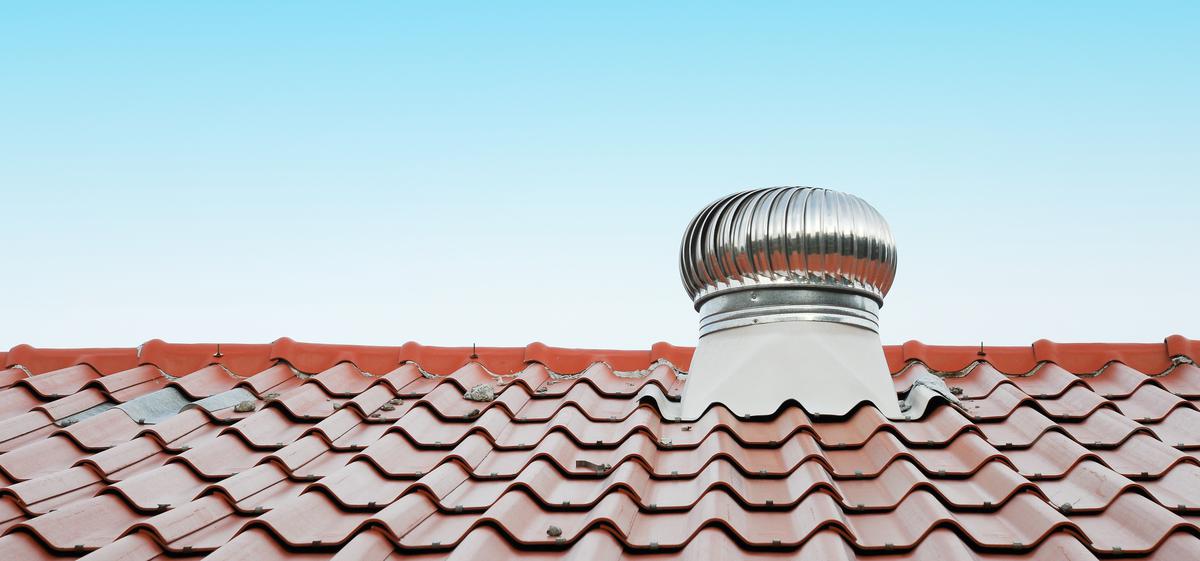
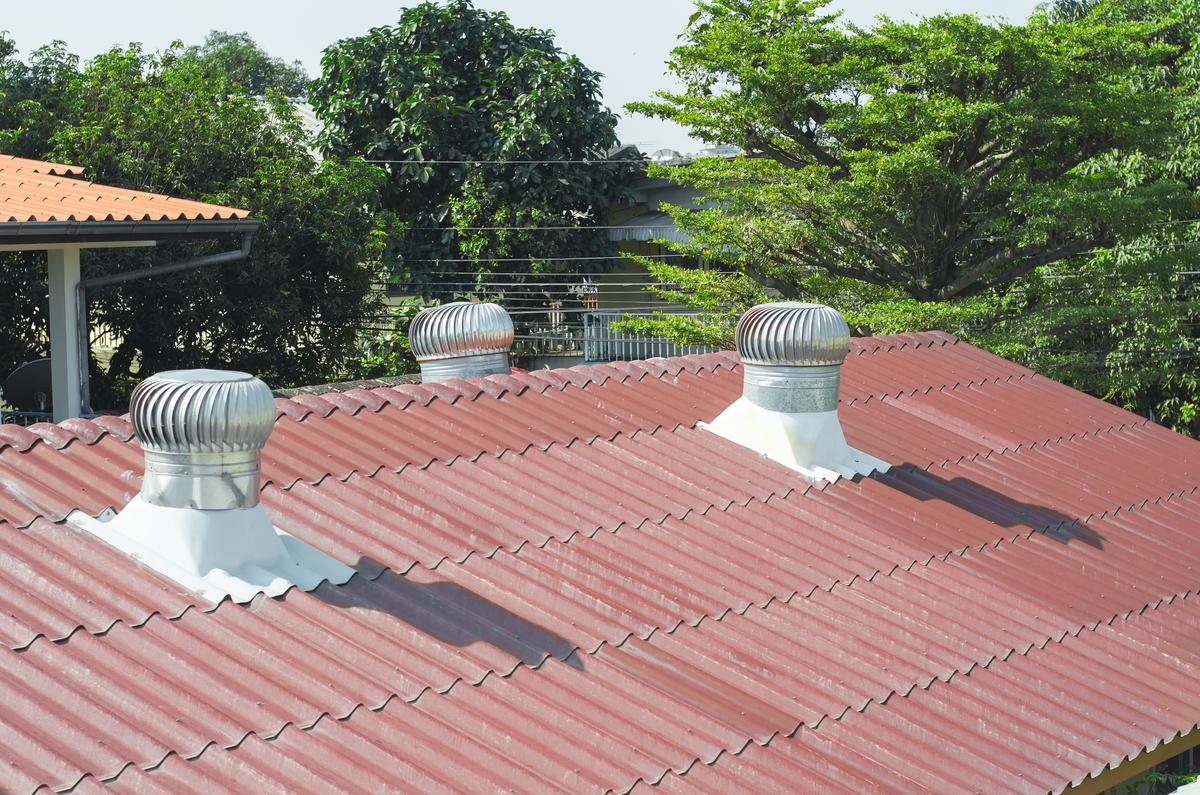
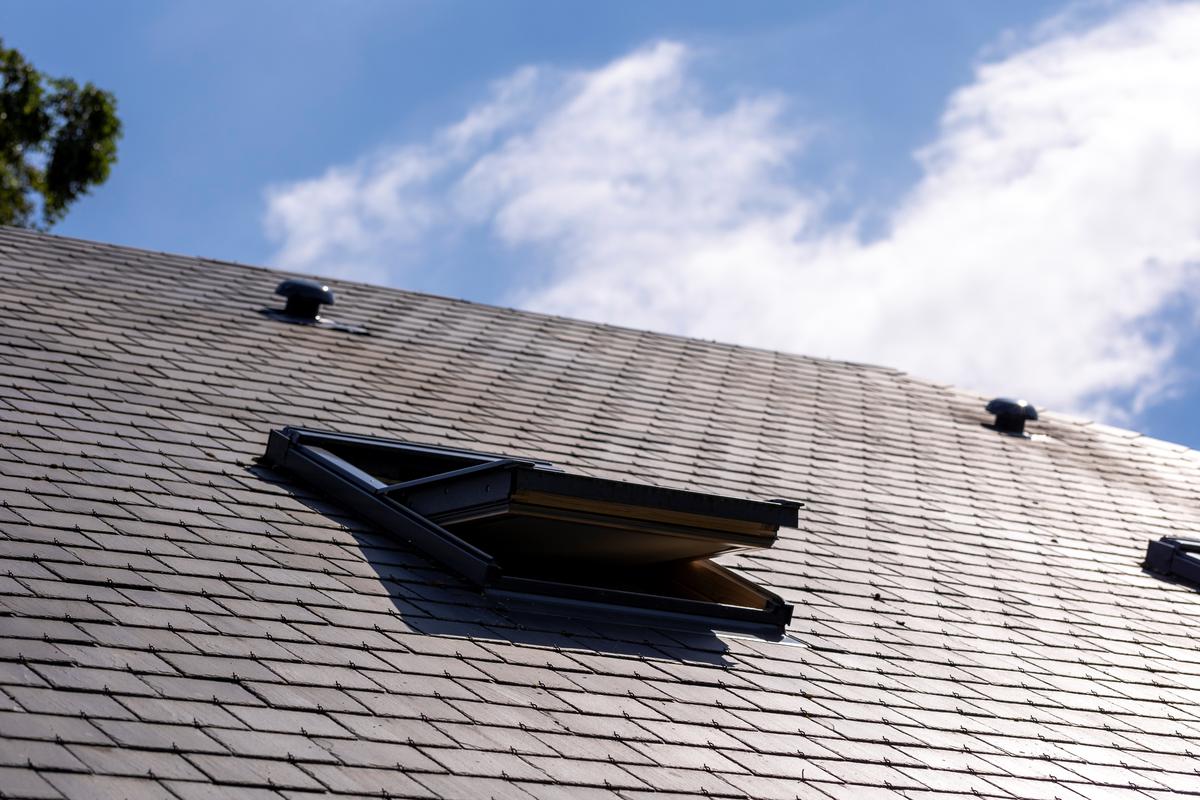


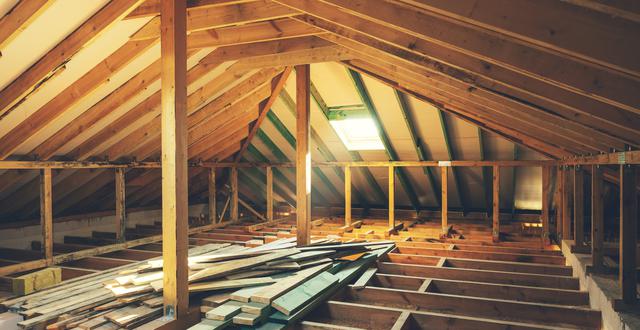
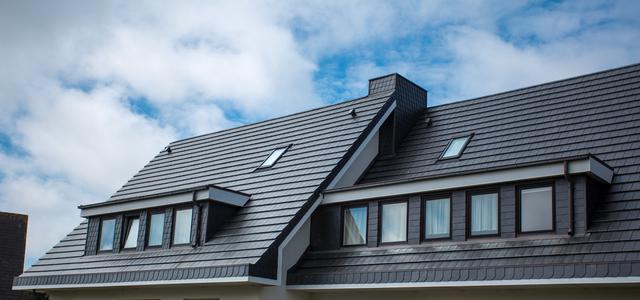
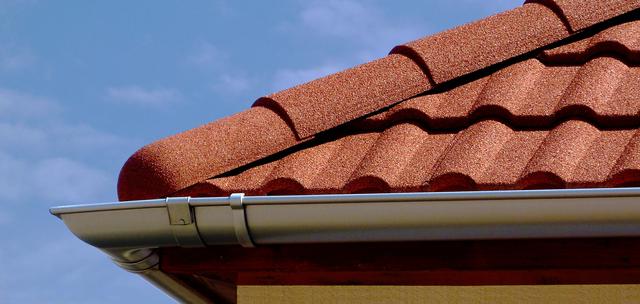
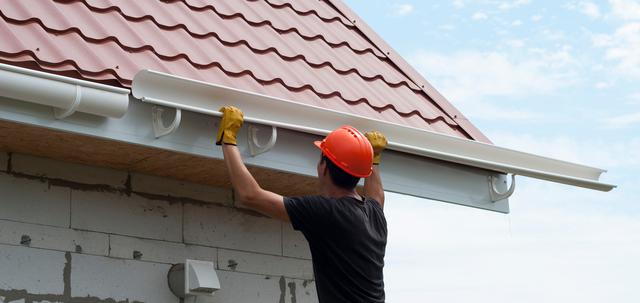
comments